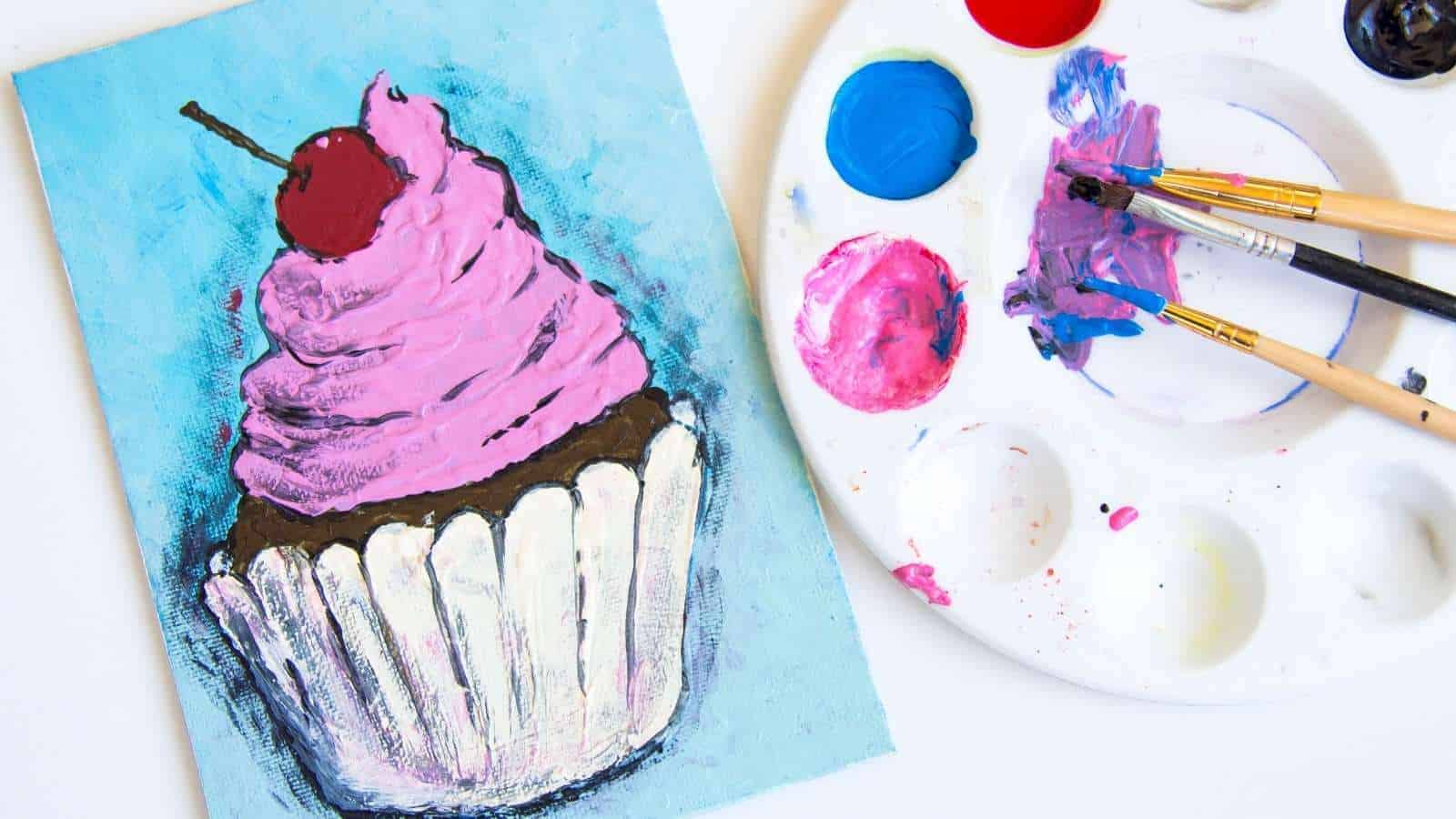Art has always been an expression of self. Looking to help those suffering from mental health issues, it should come as no surprise that art has become a therapeutic tool. Art therapy has helped all generations develop their creative side while exploring what ails them. Utilizing creative processes also helps those looking to enhance their well-being, self-confidence, and social skills. Going beyond just coloring between the lines, art therapy offers something for everyone, in good times and bad.
Art Therapy?
According to the American Art Therapy Association,
“Art therapy is an integrative mental health and human services profession that enriches the lives of individuals, families, and communities through active art-making, creative process, applied psychological theory, and human experience within a psychotherapeutic relationship.”
This shows how art therapy has evolved, merging artistic techniques with psychological concepts.
Despite artistic expression having centuries of examples, art therapy is actually a relatively new field. In 1942, a British artist named Adrian Hill noted that it was art that helped him not only recover from tuberculosis. Indeed, it kept his emotions from overwhelming him.
The actual profession started in 1915 with the Mother of Art Therapy, Margaret Naumburg, when she founded the Walden School in New York that promoted artistic freedoms in children. Today, counselors use art therapy to resolve situations from domestic violence shelters to skilled nursing facilities. All of these counselors strive to facilitate healing in a positive setting.
Types of Art Therapy
Perhaps the basic principle behind art therapy is that you need not be gifted. That’s because there is no right or wrong way to express yourself artistically. Individuals can use the technique that they feel most comfortable with. Thankfully, there are a few to choose from.
Painting:
Oil, acrylics, or watercolors offer individuals the ability to express themselves with a paintbrush and whatever canvas they choose. While this freeform is soothing, professionals use caution with those struggling with perfectionism and poor self-confidence as controlling paint is much harder than a simple crayon.
Drawing:
With so many drawing utensils and papers, drawing is a preferred choice for art therapists with clients who have cognitive or motor skill difficulties. Certified art therapists know how to match an individual’s drawing with a specific mental health disorder. While not the primary diagnostic tool, this ability gives clinicians valuable insight into an individual’s thought processes and emotions.
Collages:
Through manipulations of items already constructed materials like photos and magazine pictures, the individual can build a glimpse into their mind. Those who participate learn how to use creativity outside of therapeutic settings. It can help individuals envision their goals like jobs they may want, spiritual awakening cues, or where they see themselves in the future.
Writing:
Creative expression isn’t limited to only colors. Journaling, writing letters, or simply telling a story on paper are ways to help trauma survivors put their thoughts into words. Writing also helps individuals to capture their feelings of the moment or, once again, be used for goal attainment. Individuals could also mix drawing or painting with writing to develop a masterpiece that helps their well-being.
There are other techniques such as sculpture or photography. And in truth, no artistic expression is off the table for use.
Final Thoughts: What Can Art Therapy Really Do?
Whether you are using the artistic expression for help with troubling times or attempting to visualize your future, art is working in places you may not think it could. Here is how harnessing the power of creativity helps people heal:
- Improvement of cognitive processes, including critical thinking and memory.
- Promote insight, especially with overcoming problems or goal achievement.
- Build emotional resilience through enhancing self, helping them adapt to stressful events.
- Reduce conflict by bringing negative emotions expressing.
- Enhancing the individual’s self-esteem and self-awareness.
The future of art therapy and the use of artistic creation brings with it endless possibilities. No matter where you find yourself in this world right now, positively expressing your feelings, hopes, and dreams could help you live your best life!
















 Community
Community

